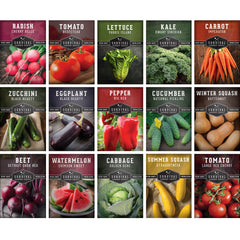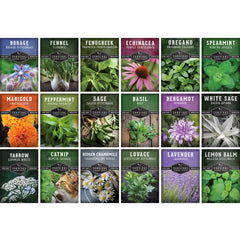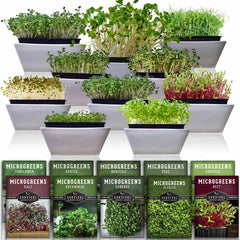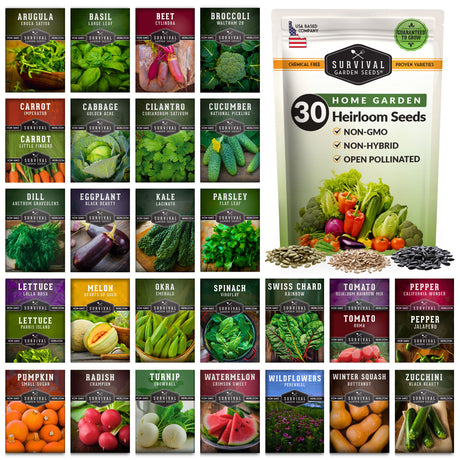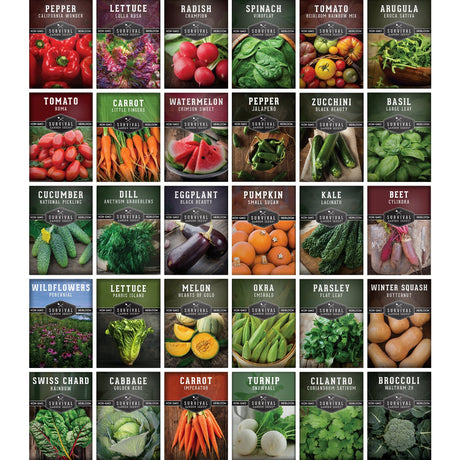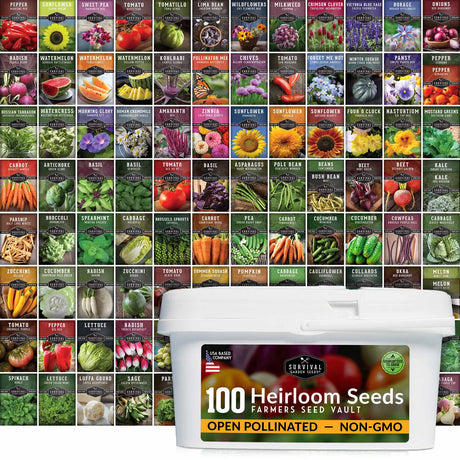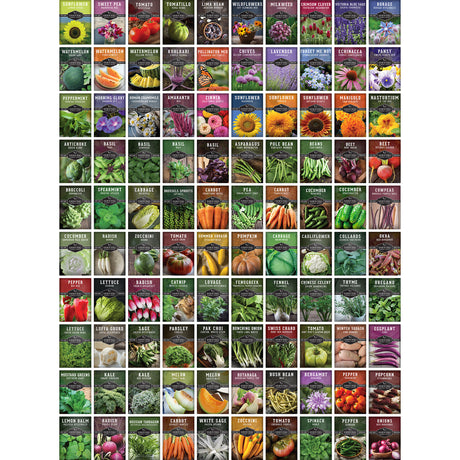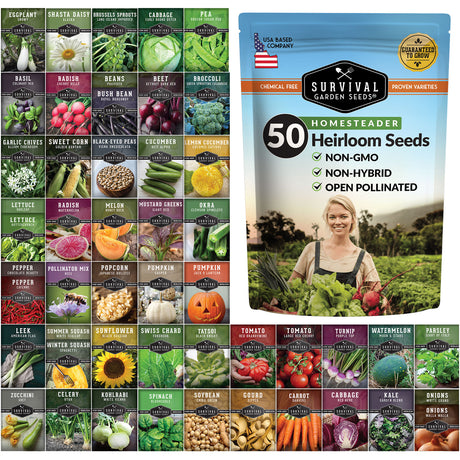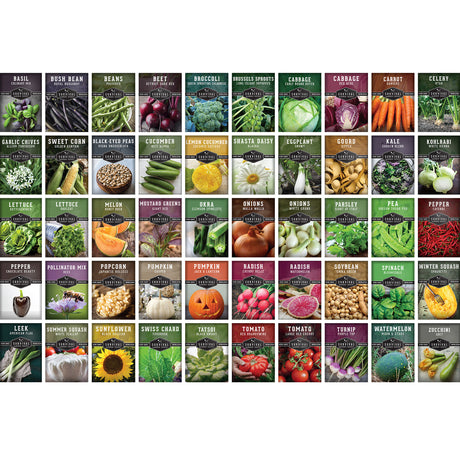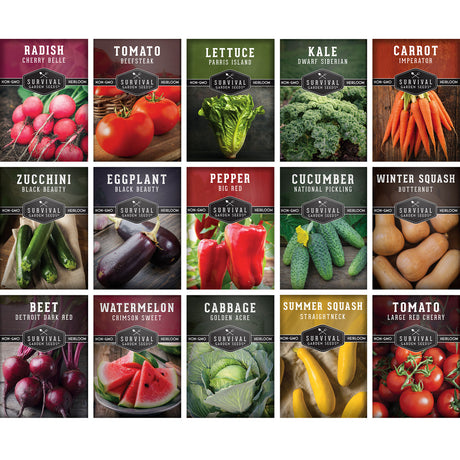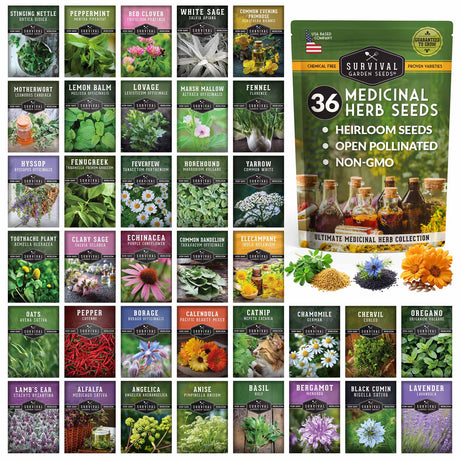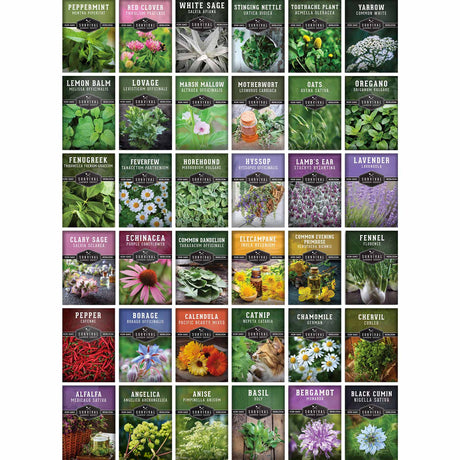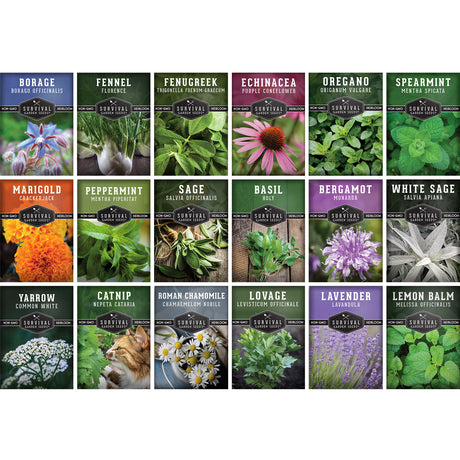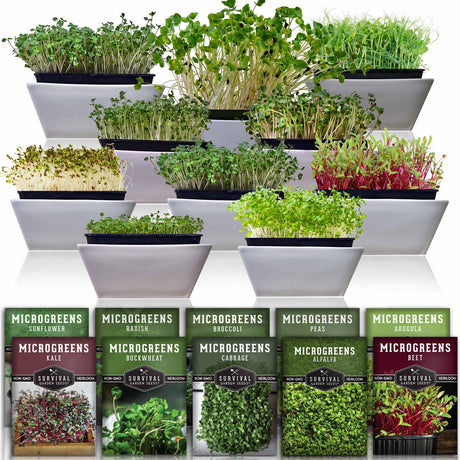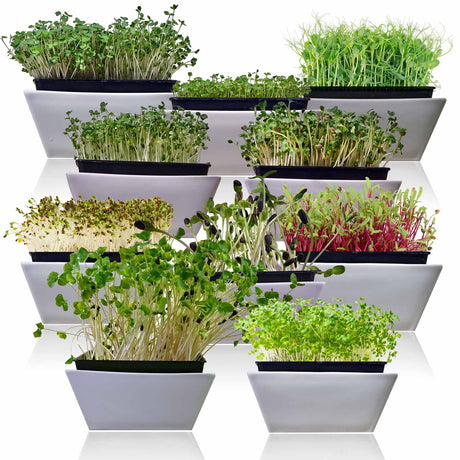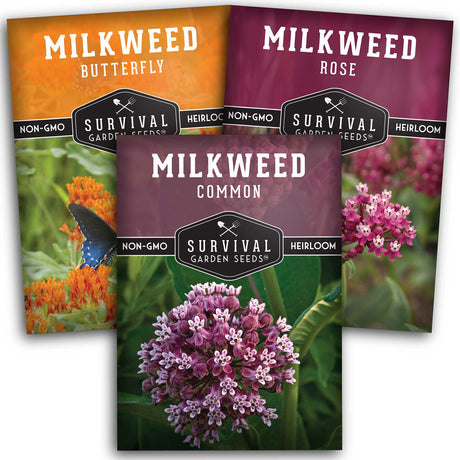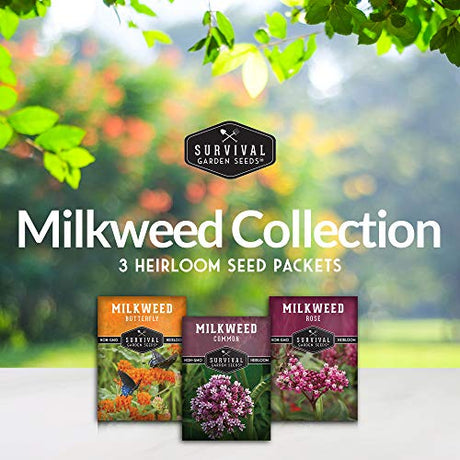The fiery kick of Thai peppers is a classic feature of Southeast Asian cuisine, adding zesty heat to dishes. While they may sound exotic, these little peppers are relatively easy to grow at home and make lovely ornamental plants. We will discuss how to grow Thai peppers (also known as Birds’ Eye Chilis) from seed, their culinary and medicinal uses, as well as harvesting and storage.
Growing Thai Peppers from Seed
Growing Thai chilis is really not all that different from growing any other pepper. One benefit of growing these plants is that they are compact and grow well in containers. Like most peppers, Thai peppers need warm temperatures. In zones 9 to 11, you can sow seeds outdoors when soil is above 60°F, otherwise, start the seeds indoors 8 to 10 weeks before your last frost. A seed heat mat can help with germination by keeping soil at around 75°F.
Once you have several sets of true leaves on your Thai pepper seedlings, pot them up into larger containers to aid in root development. After all danger of frost is past, harden off and plant your seedlings 18 to 24 inches apart in organically rich, slightly acidic soil; soil pH should be between 5.5 and 7.0. The planting location should receive a minimum of 6 hours of direct sunlight daily—more sun is even better.
Thai chili plants should be kept moist, but not wet by watering deeply every 2 to 3 days. Once the plants have developed fruit at the green stage, be especially careful not to over water.

For optimal production, amend your soil with organic compost. Peppers need 3 key nutrients, nitrogen, phosphate, and potassium. NPK 5-10-10 fertilizer is well-balanced for pepper development. They will also benefit from calcium to produce strong cell walls, so keep that in mind when fertilizing your plants after they start to set fruit.
Thai chilis have a long growing season of around 100 days. The flowers of Thai peppers have both male and female parts and depend on wind and bees for pollination. If your plants have flowers but are not developing fruit, you may want to add some companion flowering plants to attract pollinators to help.
Common Growing Challenges of Thai Chili Plants
The primary challenges of growing Thai chilis are making sure they are warm enough and get enough sunlight and water. The plants can attract pests like aphids, spider mites, flea beetles, and pepper weevils. You can prevent some of these issues by rotating your crops and not planting nightshades like potatoes, peppers, tomatoes, or eggplant in the same spot year after year. Also, companion planting marigolds, basil, or garlic can repel common pests. A stiff blast of water can remove some insects, but if that doesn’t do the trick, you may need to use insecticidal soap or neem oil.
In terms of plant diseases, watch out for fungal diseases like powdery mildew that can occur in humid conditions. Blossom end rot, which is also common in tomatoes, may show up due to a deficiency in calcium. Be sure to water your plants at the base, mulch well to retain moisture, and fertilize properly.
Culinary and Health Benefits of Thai Peppers

Thai peppers have a Scoville heat rating between 50,000 and 100,000. They have a sweet flavor and are very hot, but not quite as hot as a habanero pepper. These spicy little chilis are delicious to eat in Thai coconut curry, and also may provide some health benefits.
Capsaicin, the compound in chili peppers that gives them their heat, has anti-inflammatory effects throughout the body. It also has analgesic properties to aid in pain relief. Studies have shown positive effects on cardiovascular health and cholesterol. Hot peppers in soup or sauce can help clear nasal congestion when you have a cold, too.
Tips for a Bountiful Thai Pepper Harvest and Long Term Storage
Timing is key for harvesting Thai peppers. For a milder heat and slightly different flavor, you can harvest the peppers when they are ripe and green, before they start to turn color. Harvesting at this stage will also help encourage more fruit. When the chilis are fully mature and bright red, it’s time to harvest them for maximum heat.
Avoid damaging the plant when harvesting by using garden shears or scissors to snip the peppers from the stems. While the outside of these peppers is generally safe to handle, you may want to wear gloves just in case, because the inside of the flesh and seeds are filled with capsaicin that can cause a burning sensation.

You can store unwashed Birds’ eye peppers in a breathable container in the fridge for a couple of weeks. For longer storage, you can freeze peppers by washing and thoroughly drying them and laying them in a single layer on a baking sheet inside the freezer until frozen, then transfer them to an airtight container where they should last for 6 months or more.
Drying is an effective way to store peppers for long periods of time. You can air dry them by stringing them together and hanging in a warm, dry, well-ventilated area or you can dry them in a dehydrator or in your oven on its lowest setting. Then store them in an airtight container.
Peppers are also great pickled, or add some to your Cowboy Candy!
These little powerhouses bring more than just heat - they bring beauty, flavor, and health benefits. We hope you’ll cultivate some Thai fire in your garden!





